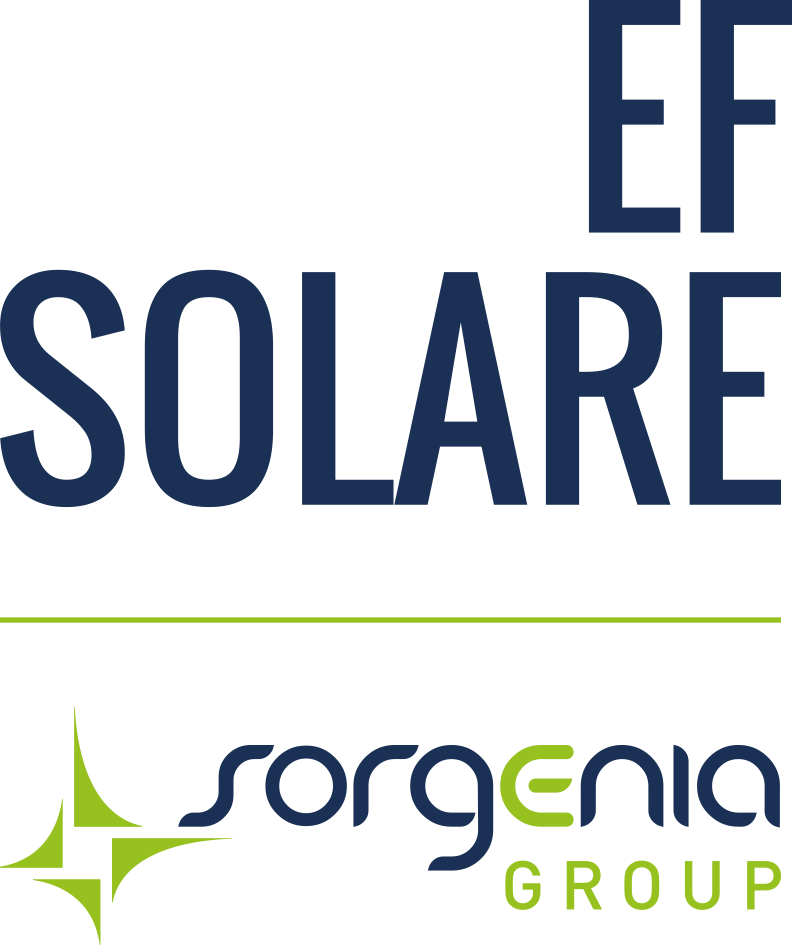EF Solare Italia acts as a technological leader adopting the most promising solutions in the operational management of its PV plants.
IT’S EVOLUTION TIME FOR PHOTOVOLTAIC: THE LATEST TECHNOLOGICAL INNOVATIONS OF THE FIELD
The photovoltaic industry is experiencing an intense season of technological evolution, in parallel with the growth of production and installations. The research and development of new solutions by scientists around the world are indeed essentials to make the increase in global production of solar energy faster and more effective, thus contribute to achieve on time the objectives of decarbonisation and generation from renewable sources established by most countries in the world.
A first area in which new discoveries follow one another is the one concerning the materials of photovoltaic panels. Researchers at Michigan State University have managed to produce fully transparent photovoltaic panels, able to capture solar energy without altering the passage of light thanks to the use of a TLSC (transparent luminescent solar concentrator). These transparent luminescent solar concentrators will be applied in a wide range of applications, starting with construction.
The next discovery is entirely Italian: the Institute for Microelectronics and Microsystems of the National Research Council, in collaboration with several national universities, has obtained for the first time a two-dimensional configuration of silicon, placed on a support of sapphire, making it similar to graphene. This configuration will allow to absorb light in an area of the optical spectrum, considered prohibited for silicon until now, with very interesting prospects.
Another area where important goals have been achieved is that of storage systems, a crucial issue to guarantee that renewable sources can meet the electricity demand of a system while ensuring its safety. The development by scientists at the Swedish Chalmers University of Technology of a fluid capable of storing and conserving solar energy for almost twenty years has captured international attention. It is a so-called solar thermal fuel, which allows you to store sunlight to obtain heat, instead of electricity, to be used on demand. In detail, the norbornadiene molecule which composes the fluid is formed by carbon, hydrogen and nitrogen and when this is affected by sunlight the bonds between the atoms are recomposed and the molecule is transformed into a new one with more energy, an isomer called quadricycle.
There have been significant developments, however, also in the practical application of storage systems. China has recently completed in Golmud an energy storage plant serving a powerhouse that produces electricity from three different renewable sources: the Luneng Haixi Multi-Mixed Energy Demonstration Project, for an installed capacity of 650 MW, divided into 400 MW of wind, 200 MW of photovoltaics and 50 MW of solar CSP concentration. A 100 MWh electrochemical storage system has now been connected to the plant.
China is also working on a project so ambitious as to touch on science fiction: a photovoltaic plant orbiting in the stratosphere. Scientists at the Chongqing Academy of Space Technology are already working on a first miniature prototype, expected to be launched into space by 2025, with the goal of taking off by 2030 a real station with a power of some MW, followed by 2050 by one that reaches some GW. There are two main obstacles that Chinese researchers will have to overcome: the transfer of the energy produced on Earth, for which the use of lasers or microwaves is conjectured, and the construction of the station itself, whose estimated weight will be one thousand tons. As for the latter problem, the solution proposed is to build the station directly into orbit via robots.
EF Solare Italia, Italy’s leading photovoltaic operator, places technological innovation among the fundamental pillars for consolidation and growth in the sector, and acts as a technological leader to guide this process, also adopting the most promising solutions in the operational management of its PV plants.
Photo source: Michigan State University

